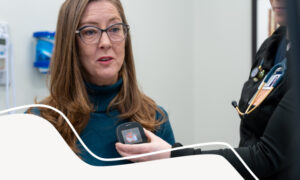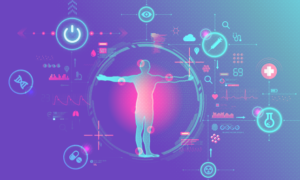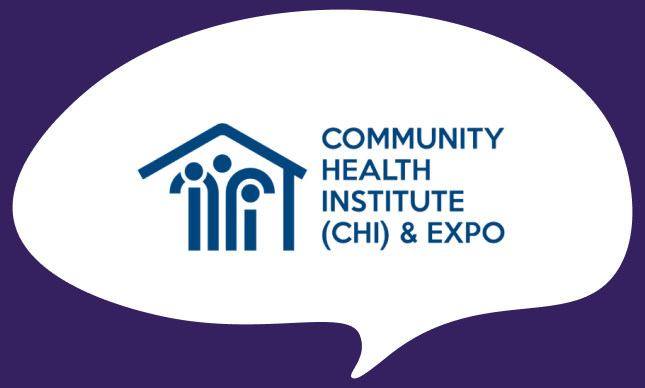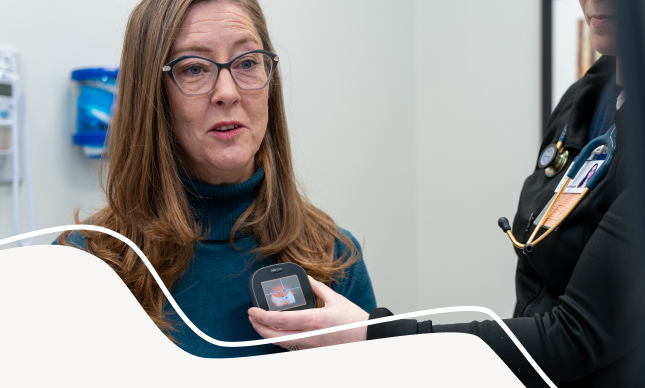How TytoCare’s Telehealth Solution Is Tackling Healthcare Disparities in Rural Communities
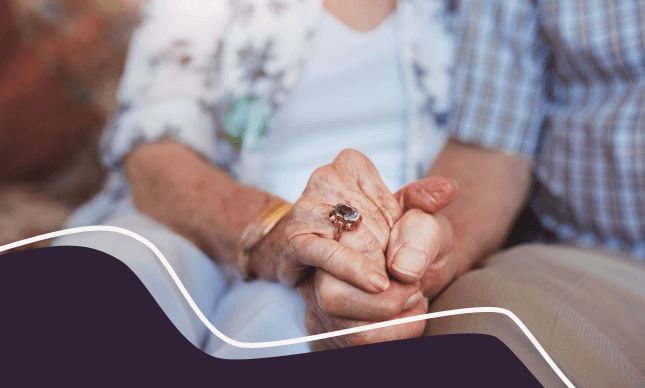
For all COVID-19 has done to transform our lives, it is far from the only issue on the global healthcare agenda. But the pandemic has spotlighted many other healthcare challenges – from personnel shortages to the heavy toll taken by chronic illnesses and comorbidities to the impact of socioeconomic inequality on patient outcomes.
There is no panacea for these problems. But there is also no way of tackling them without addressing disparities in access to healthcare.
Whether they’re from wealthy, industrialized countries or developing economies, people who don’t have reliable access to medical care suffer worse outcomes in the event of a major illness and have poorer overall health compared to those who have regular, convenient access to doctors and healthcare facilities.
Telehealth can help close this gap and deliver care to those who need it most.
Just ask any of the 100 families (and counting) in the remote village of San Bernardo, Chile who now enjoy monthly visits from healthcare professionals using TytoCare’s remote examination solution.
The Challenges Facing Rural and Under-Served Communities
While Chile boasts what the OECD calls a “well-functioning, well-organized and effectively governed health system and public health architecture,” not all Chileans benefit equally.
Nearly 60% of the country’s doctors and over 40% of its hospital structures are concentrated in the country’s central region, putting residents of remote areas like San Bernardo at a distinct disadvantage. It is a common story across Latin America and the Caribbean, where 30% of people don’t have regular access to healthcare, largely for reasons such as geography or income.
The U.S. is no stranger to this phenomenon, either. According to the National Rural Health Association, rural areas of the country have only 39.8 physicians per 100,000 residents, compared to 53.3 physicians per 100,000 people in urban areas.
Innovation in digital healthcare can play a vital role in remedying these disparities. With effective telemedicine solutions that enable accurate diagnoses and reduce the skillset needed at the point of care – mitigating the impact of provider shortage – rural and underserved communities can connect patients who have not seen a doctor in years to regular, effective care.
TytoCare and Vitaltec: A Partnership for Good
Of course, it is one thing to say that telehealth is a promising solution for poor and under-served communities – but it is quite another to make sure that the people who live in them have access to the technological tools they need to perform remote exams.
Partnering with Vitaltec, which distributes TytoCare’s products in Chile, the San Bernardo Municipality sent nurses and junior medical personnel door-to-door to 100 families over the course of three days in September. Equipped with TytoCare’s turnkey mobile TytoClinic examination solution, the healthcare workers served as local residents’ connection to remote clinicians at the point of care. The TytoClinic solution enables exams of the heart, lungs, throat, skin, and ears, and measures body temperature, blood pressure, blood oxygen levels, and heart rate, making it possible to remotely diagnose and monitor chronic illnesses. In total, the workers made 230 visits to over 300 patients, concentrating on those who had gone longer than a year without medical care. 8 in 10 patients treated were over age 65, with 20% older than 80.
Diabetes and cardiac issues were the most common chronic conditions diagnosed during the visits, reflecting the seriousness of Chile’s obesity epidemic. These patients now have access to monthly visits to manage their conditions and will not have to make arduous journeys of three to four hours simply to reach the nearest available healthcare facility.
What started with several dozen local families will not end there. Vitaltec’s CEO, David Batikoff, said:
“We have a list of 1,689 patients in this region who are registered for home care, but the
system simply isn’t able to send clinicians to visit more than once a year. With Tyto, we will visit
100% of the list once a month, spending only about 30% of the total budget. As there are not
enough doctors, and expenses are too high to pay them to visit a poor municipality, we will
use trained nurses to bring the patients to the doctors, virtually.”
Batikoff predicts other Chilean villages will follow in San Bernardo’s footsteps – ushering in a new era of innovation-driven care for historically under-served populations.
The New Healthcare Landscape
From vulnerable patients who have used TytoCare to perform exams and receive treatment from the safety of their homes during the pandemic, to parents needing reliable diagnoses for their sick children, to remote villagers in South America, TytoCare is bringing quality care, convenience, best-in-class technology, and peace of mind to more and more people every day.
We consider it a privilege to be a part of building the new healthcare landscape – and if you would like to learn more, we would love to hear from you. Drop us a line.

